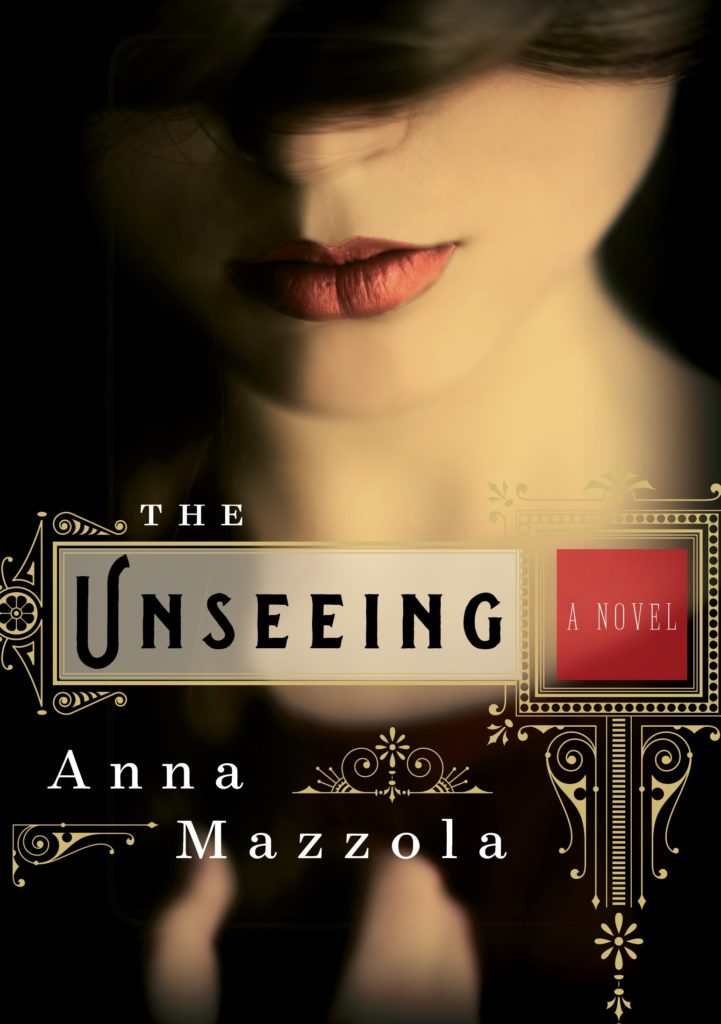Sarah Gale is a seamstress and convicted murderer awaiting execution in Newgate Prison. She was tried for assisting her boyfriend, James Greenacre, in the killing of another woman and has lost her case against the Crown. With only a few weeks until her sentence is carried out, Edmund Fleetwood, a barrister, is assigned to review her case. Women are rarely executed and the government wants to be sure she is guilty. As Fleetwood meets with her during the investigation, he comes to realize there is much more to the case than the court knows, but Gale refuses to fill in the details. It is up to Fleetwood to unravel as much as possible before time runs out.
The book uses the points-of-view of both Gale and Fleetwood. We see her desperate situation inside a dark, dangerous prison. These scenes are evocative of Jane Eyre‘s Lowood and the “red room.” Each day is a struggle to survive inner demons and outer threats. Fleetwood, meanwhile, navigates the rabbit warren of the legal process, Parliamentary regulations and public sentiment. When the two meet, the readers get glimpses into Gale’s past as she relates her history to Fleetwood.
Mazzola based the novel on the real murder of Hannah Brown in December of 1836. The transcript is available to read on the website of The Old Bailey. This includes the somewhat gruesome details of the mutilated body of Brown, and the state of her eyes — an important theme throughout the book.
I found it had received a blow in the right eye, that the coats of the eye were ruptured, and the humours consequently let out—round the eye was ecchymosis which means the pouring out of the blood from the rupture of a vessel—that effect was produced when the body was alive—that is my opinion—the appearance of it was what I should call tremendous black eye—the face was cut in various places—this appearance of the eye was caused before death. ~Testimony of MR. JOHN BIRTWISTLE, surgeon
Naturally, in a book called The Unseeing, a mention of sight is not unexpected. Yet, Mazzola manages to slide in references in creepy ways, creating a Gothic layer to a story that would otherwise be only a crime summary.
There is the tale of a brooch, worn by Gale’s mother, after the death of her son Oscar.
The picture that had been commissioned of all three of the children together was removed from sight. Instead, her mother took to wearing a mourning brooch, typical of its time but always, to Sarah’s mind, strange: a miniature painting surrounded with pearls, of Oscar’s eye. ~Pg. 65
 There are visions, hallucinations, and reflections. There is the idea that the last thing a person sees is imprinted on their eyes. There are witnesses, interpreting what they think they saw. There are other “eyes” too: the eye of a needle, seeing clearly and opening the mind’s eye.
There are visions, hallucinations, and reflections. There is the idea that the last thing a person sees is imprinted on their eyes. There are witnesses, interpreting what they think they saw. There are other “eyes” too: the eye of a needle, seeing clearly and opening the mind’s eye.
If it makes you squirm, it’s supposed to. Early Victorian London for an unmarried woman of a certain age was no friendly place. Gale hadn’t married Greenacre, though she’d hoped to. She relied on him for subsistence, a fact that led the jury to believe she had been complicit in Brown’s murder.
The book is a lively read. It pulls the reader in quickly and keeps up the pace throughout. Gale’s reticence does, at times, feel repetitive. The reader wants to see Fleetwood get angrier with her, or at least angry when he gets back to the office. Yet he always seems able to maintain his composure. The mild annoyance does resolve. Thankfully, Mazzola spins a complete web with an answer to the mystery.
My thanks to Sourcebooks for the advance reader copy.
________
Paperback: 400 pages
Publisher: Sourcebooks Landmark (February 1, 2017)
Language: English
ISBN-10: 1492635472
ISBN-13: 978-1492635475


Oooh! Sounds really creepy and interesting! Good review!
Sounds like a great book!